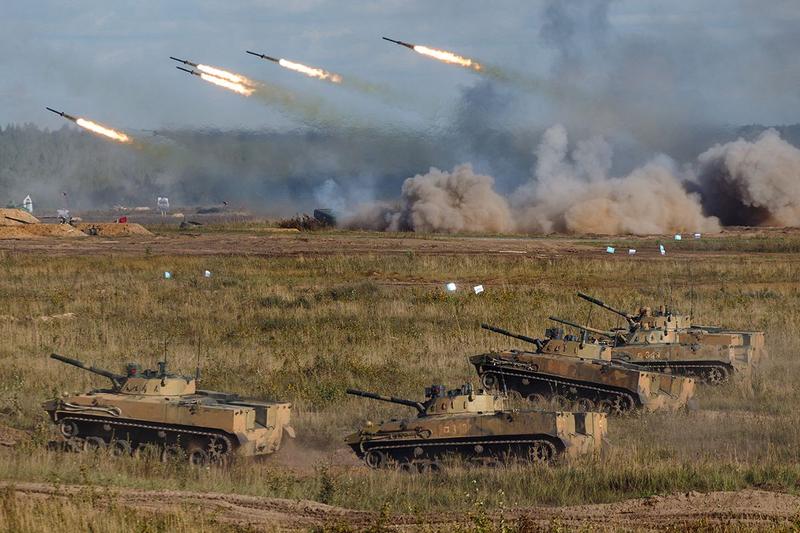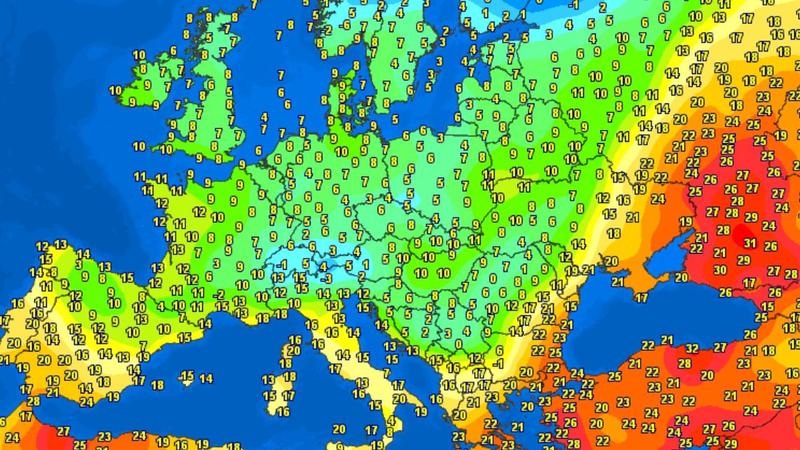The food price after 2010 will grow over the average level of the previous ten years and will record unprecedented levels for almost all agriculture products, a report put up by the Organization for Cooperation and Economic Development (OCDE) and the UN Food and Agriculture Organization (FAO) reveals. According to the document, the meat price will grow 20%, the sugar - 30% and the edible oil - more than 80%.
The report, in brief:
This fourteenth edition of the annual Agricultural Outlook - and the fourth prepared jointly with the FAO - provides an assessment of agricultural market prospects based on projections that extend to 2017 for production, consumption, trade, stocks and prices of mainly temperate zone agricultural commodities. These projections are based on specific assumptions regarding global macroeconomic conditions, population growth, national agricultural and trade policies, production technologies, and weather conditions.
It shows how these markets are influenced by economic developments and government policies and highlights some of the risks and uncertainties that may influence market outcomes. The report covers 39 countries and 19 regions, including all OECD countries plus a number of key non-OECD agricultural producers such as China, India, Russian Federation, Brazil and Argentina.
DID YOU KNOW? FUEL ETHANOL production tripled during 2000-2007.
World reference prices for almost all agricultural commodities covered in this report are at or above previous record levels, at least in nominal terms. This will not last and prices will gradually come down because of the transitory nature of some of the factors that are behind the recent hikes. But there is strong reason to believe that there are now also permanent factors underpinning prices that will work to keep them both at higher average levels than in the past and reduce the long term decline in real terms. Whether transitory or permanent, appropriate policy action for agricultural development and for addressing the needs of the hungry and the poor need to take account of both these characteristics.
The dramatic increase in prices since 2005/06 is partly the result of adverse weather conditions in major grain producing regions in the world, with spill-over effects on crops and livestock that compete for the same land. In a context of low global stocks, these developments alone would have triggered strong price reactions. These conditions are not new; they have happened in the past and prices have come down once more normal conditions prevail and supply responds over time. The Outlook sees no reason to believe that this will not recur again over the next few years.
Once they have fallen from their current peaks, however, prices will remain at higher average levels over the medium term than witnessed in the past decade. But the underlying forces that drive agricultural product supply (by and large productivity gains) will eventually outweigh the forces that determine stronger demand, both for food and feed as well as for industrial demand, most notably for biofuel production. Consequently, prices will resume their decline in real terms, though possibly not by quite as much as in the past.
On the supply side, the Outlook expects continued yield growth for crops to be more important than new areas brought into cultivation in determining crop supply. Slowly increasing dairy and livestock yields also support the increase in milk and meat production. A key assumption in the Outlook is some strengthening of the US dollar against most currencies. In the countries affected by this change, this will reinforce domestic price incentives to increase production. These factors combine to sustain the growth of global agricultural production, although some of that impetus is abated by the supply reducing effect of high oil prices that raise production costs.
On the demand side, changing diets, urbanisation, economic growth and expanding populations are driving food and feed demand in developing countries. Globally, and in absolute terms, food and feed remain the largest sources of demand growth in agriculture. But stacked on top of this is now the fast growing demand for feedstock to fuel a growing bioenergy sector. While smaller than the increase in food and feed use, biofuel demand is the largest source of new demand in decades and a strong factor underpinning the upward shift in agricultural commodity prices.
As a result of these dynamics in supply and demand, the Outlook suggests that commodity prices – in nominal terms – over the medium term will average substantially above the levels that prevailed in the past ten years. When the average for 2008 to 2017 is compared with that over 1998 to 2007, beef and pigmeat prices may be some 20% higher, raw and white sugar around 30%, wheat, maize and skimmed milk powder 40 to 60%, butter and oilseeds more than 60% and vegetable oils over 80%. But from this higher level prices will resume their decline in real terms, albeit at a slower rate.
In addition, prices may also be more volatile than in the past: stock levels are not expected to be replenished substantially over the Outlook; demand is becoming less sensitive to price changes at the farm level as the commodity share in the final food bill falls and as industrial demand grows; weather conditions and agricultural product supply may become more variable with climate change; and speculative non-commercial investment funds enter or leave agricultural futures markets as profit opportunities dictate.
Within this overall context, the epicentre of global agriculture will further shift from the OECD towards developing countries. Both consumption and production is growing faster in developing countries for all products except wheat. By 2017, these countries are expected to dominate production and consumption of most commodities, with the exception of coarse grains, cheese, and skimmed milk powder.
Corresponding shifts are also occurring in global trade patterns. Imports are growing most in developing countries and an increasing share of this growth is captured by larger exports from other emerging and developing countries. Export growth in developing countries is greater, and sometimes very much so for almost all products. However, while the share of OECD countries in world exports falls, these countries continue to dominate export trade for wheat, coarse grains, pigmeat and all dairy products.
High prices are good for some and bad for others. They are beneficial for many commercial producers in both developed and developing countries. However, many farmers in developing countries are not linked to markets and will draw little or no benefit from current higher prices. But the poor, and in particular the urban poor in net food importing developing countries, will suffer more. In many low income countries, food expenditures average over 50% of income and the higher prices contained in this Outlook will push more people into undernourishment.
For the Least Developed Countries, especially the food deficit group, the projections thus show greatly increased vulnerability and uncertain food supplies during an era of high commodity prices and high price volatility. This underscores the importance of improving their domestic supply capacity by investing in education, training and extension services, research and development and physical infrastructure. While these are longer term remedies, it is important in the short term that commodity trade functions efficiently to facilitate the allocation of available commodity supplies.
This Outlook assumes unchanged agricultural and trade policies. The actual evolution, however, of agricultural commodity and food prices, hinges importantly on future policy developments. Increased humanitarian aid is needed to reduce the negative impact of high prices on the very poor and this could be done without any major impact on markets.
Such effects would result, however, from trade restricting policies such as export taxes and embargos. These may in the short term provide some relief to domestic consumers but impose a burden on domestic producers and limit their supply response, as well as contribute to global commodity market uncertainty. Similarly, measures to protect domestic producers of agricultural commodities through border measures imposes a burden on domestic consumers; it would also restrict growth opportunities for producers abroad, limiting the much needed global agricultural supply growth.
Policy support, as well as oil price developments, will strongly influence the evolution of future demand from biofuel for agricultural commodity feedstocks. Changes in either, or new technological developments would also have a strong impact on projected world prices for agricultural commodities and for the availability for food and feed use.
Finally, over the longer term, agricultural supply is facing increased uncertainties and limitations to the amount of new land that can be taken into cultivation. Public and private investments in innovation and increasing agricultural productivity, particularly in developing countries, would greatly improve supply prospects by helping to broaden the production base and lessen the chance of recurring commodity price spikes.



















